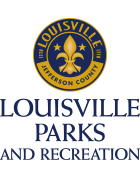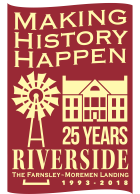Archaeology Glossary
Artifact: Any object that human beings have used or made.
Archaeology: The study of past human life through the use of the physical evidence people left behind.
Coordinates: A set of numbers used to locate a specific location on an archaeological grid.
Cut Nails: Refers to machine cut nails that look square and were made from 1790 to the 1870s.
Feature (as an archaeological term): Evidence of human activity in an archaeological site that is not an object ( i.e., burn mark, stain, soil discoloration caused by human activity, etc.)
Greek Revival: Greek Revival is a style of architecture that adapts certain features of classic Greek temple fronts.
Kiln: An oven used for firing bricks.
Landing: A place for taking on or letting off passengers along the river.
Outbuilding: Building separate from the main dwelling house that supported the domestic or agricultural functions on the property.
Portico: Columned support with a roof over an entrance.
Preservation: Saving and protecting artifacts and buildings from the past.
Trowel: A small triangular-shaped, flat hand-tool used for scraping and digging in archaeology
Reconstruction: A building that has been rebuilt to be a replica of a former building.
Restoration: The act of returning a building or a landscape to its original appearance
Unit (as an archaeological term): A 1 meter x 1 meter square (a section of an overall grid for an archaeological site.)





